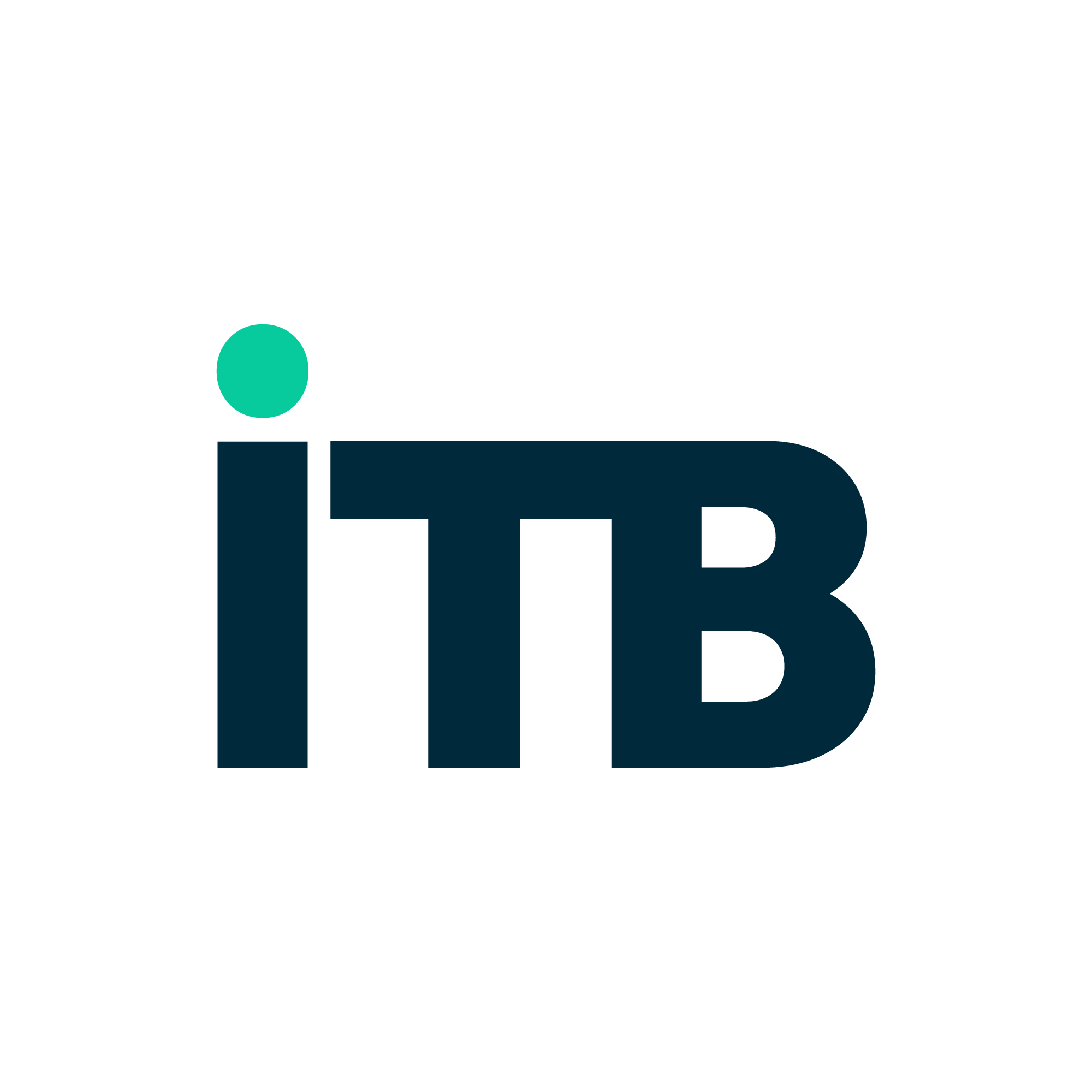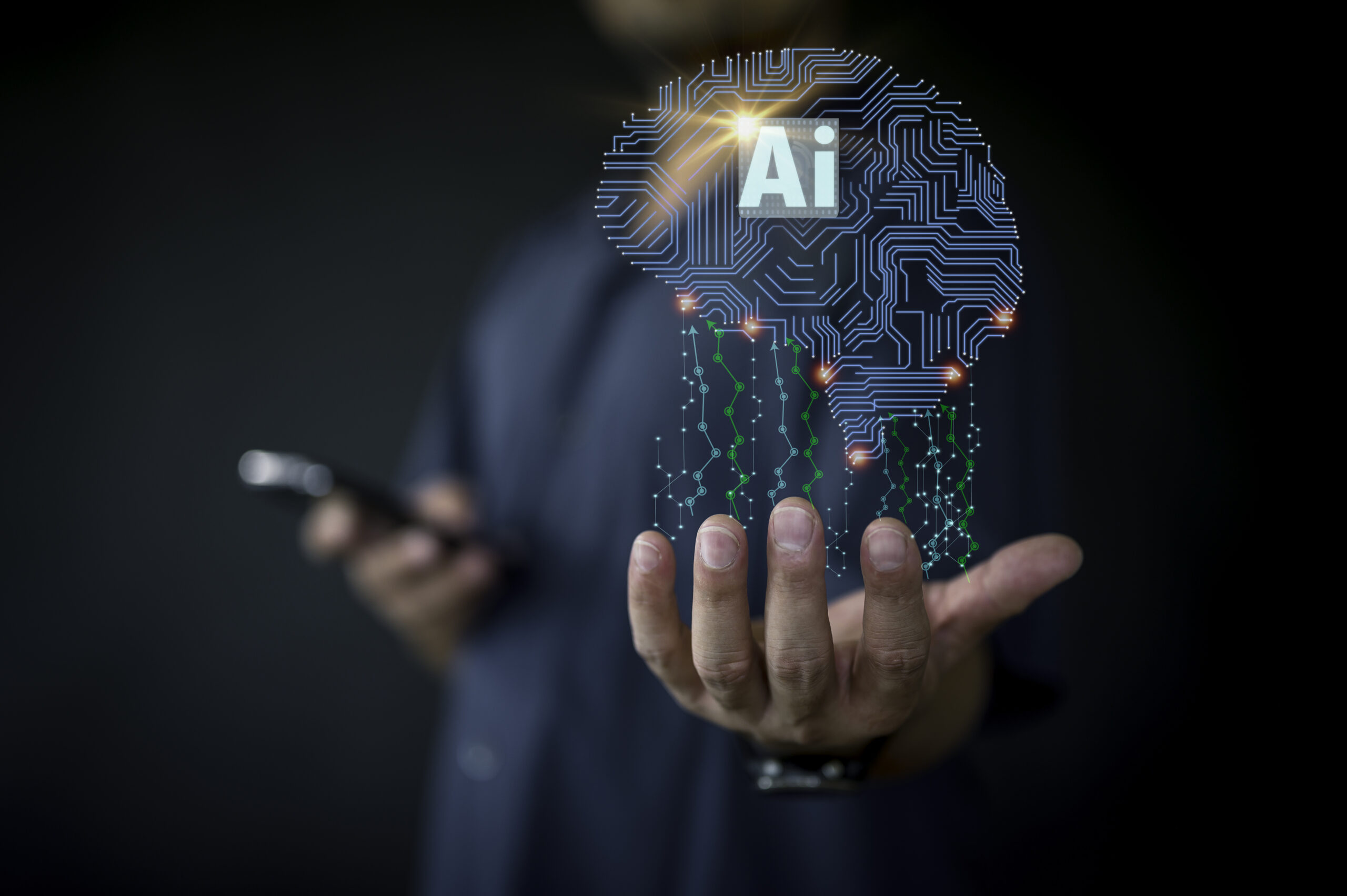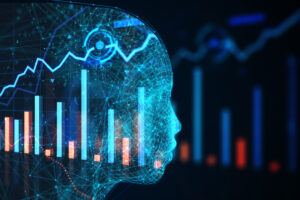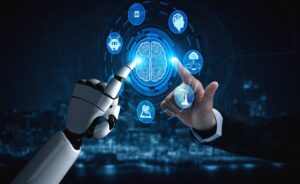The rapid evolution of technology has placed immense pressure on IT departments to do more — faster, smarter, and more securely. As traditional systems start to show their limits, Artificial Intelligence (AI) has emerged not just as an upgrade, but as a complete game-changer.
Today, AI isn’t just a futuristic concept in IT. It’s actively reshaping how organizations protect their assets, streamline operations, and drive performance improvements. Let’s break down how AI is setting a new standard across security, efficiency, and performance in IT.
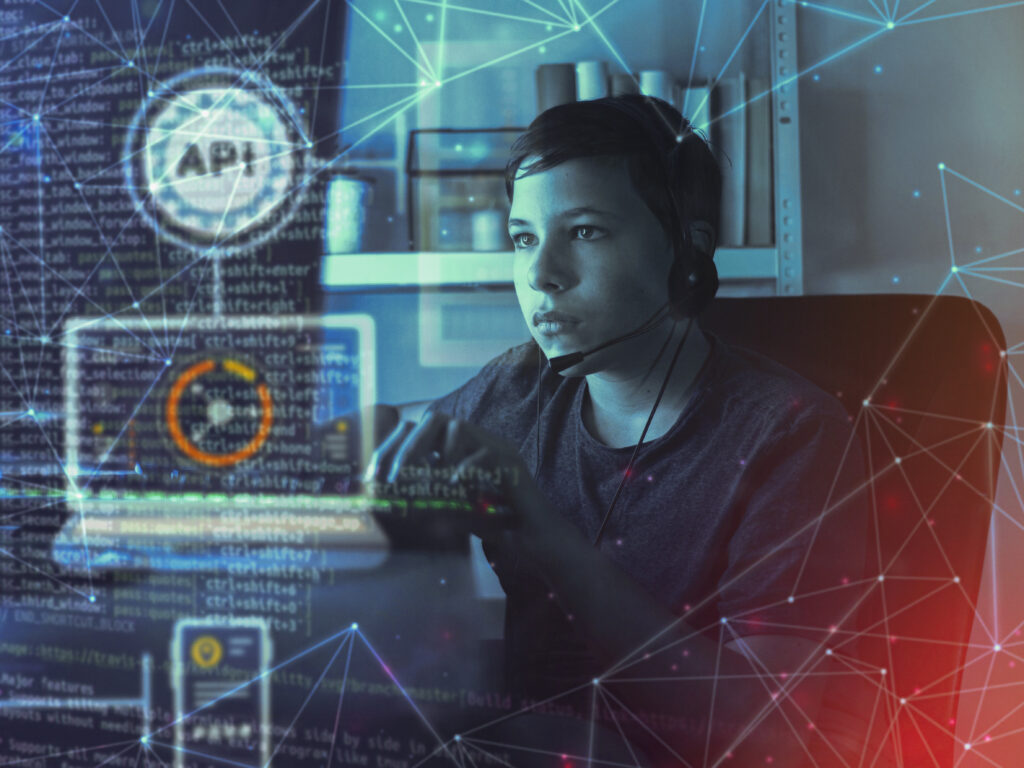
Reinventing IT Security with AI
Cyber threats are no longer the exception — they are the norm. Every day, businesses face an increasing number of attacks, many of which are more sophisticated and harder to detect. Traditional rule-based security systems, while essential, simply can’t keep up.
This is where AI-powered security comes into play.
Threat Detection and Prevention: AI systems can analyze enormous amounts of data in real-time, spotting patterns that might indicate a security breach. They don’t rely solely on known threat signatures; instead, they identify anomalies and predict potential risks based on behavior.
Automated Incident Response: When a threat is detected, AI can initiate immediate containment measures — isolating affected systems, notifying the right teams, and even suggesting or executing predefined countermeasures.
Continuous Learning: Unlike static security models, AI algorithms learn over time. Every new threat they encounter makes them smarter and better prepared for future attacks.
The result? Faster response times, fewer breaches, and a security framework that evolves alongside the threat landscape.
Boosting IT Efficiency Through Intelligent Automation
Efficiency has always been a core priority for IT teams, but manual processes, reactive troubleshooting, and system maintenance eat up valuable resources. AI is redefining efficiency through intelligent automation.
Predictive Maintenance: Instead of waiting for systems to fail, AI can predict when hardware or software might experience issues based on usage patterns and historical data. This minimizes downtime and extends the lifespan of IT assets.
Smart Resource Allocation: AI can monitor network traffic, server loads, and application usage in real time, reallocating resources dynamically to avoid bottlenecks and maintain optimal performance.
Automated IT Support: Chatbots and virtual assistants powered by AI can handle a wide range of IT support queries, from password resets to troubleshooting common issues — freeing up human technicians for more complex tasks.
By automating repetitive activities and optimizing workflows, AI helps IT departments operate with unprecedented speed and agility.
Elevating System Performance with AI Insights
When it comes to performance, even small inefficiencies can ripple into major productivity losses across an organization. AI helps by delivering deeper insights and smarter optimizations.
Performance Monitoring and Analytics: AI doesn’t just report when something goes wrong; it anticipates potential issues. Continuous monitoring and predictive analytics mean that IT teams can address performance concerns before they impact users.
Capacity Planning: AI can predict future demand for IT resources — whether that’s storage, bandwidth, or compute power — ensuring that businesses scale up or down intelligently without waste.
Application Optimization: AI tools can analyze how applications are used and recommend changes to code, deployment configurations, or cloud setups that can significantly improve speed, reliability, and user experience.
In short, AI takes the guesswork out of performance management and replaces it with data-driven precision.
The Human-AI Partnership: A Force Multiplier
There’s a common fear that AI will replace IT jobs — but the reality is quite different. In an AI-powered IT environment, humans and machines work together, each focusing on their strengths.
AI handles:
Large-scale data analysis
Repetitive, time-sensitive tasks
Pattern recognition across complex systems
Humans focus on:
Strategic planning
Creative problem-solving
Relationship management and innovation
This collaboration doesn’t just protect jobs — it elevates them, allowing IT professionals to focus on more meaningful, high-impact work.
Challenges to Consider
Of course, integrating AI into IT isn’t without its hurdles:
Data Privacy: AI systems thrive on data, but handling sensitive information responsibly remains a major challenge.
Skill Gaps: Organizations must invest in upskilling teams to manage and interpret AI-driven insights effectively.
Bias and Trust: AI models must be carefully designed to avoid biases and ensure that their decision-making processes are transparent and explainable.
Addressing these challenges head-on is critical for businesses that want to fully realize the benefits of AI in IT.
AI-powered IT isn’t a distant vision — it’s happening right now. Organizations that embrace this shift are seeing stronger security, leaner operations, and smarter systems that can scale with future demands.
By weaving AI into the fabric of IT — from cybersecurity to system optimization — businesses are not just staying competitive. They’re building resilient, forward-looking IT ecosystems that are ready to thrive in the digital age.
The future of IT is not just artificial intelligence — it’s augmented intelligence, where humans and machines drive innovation together.
